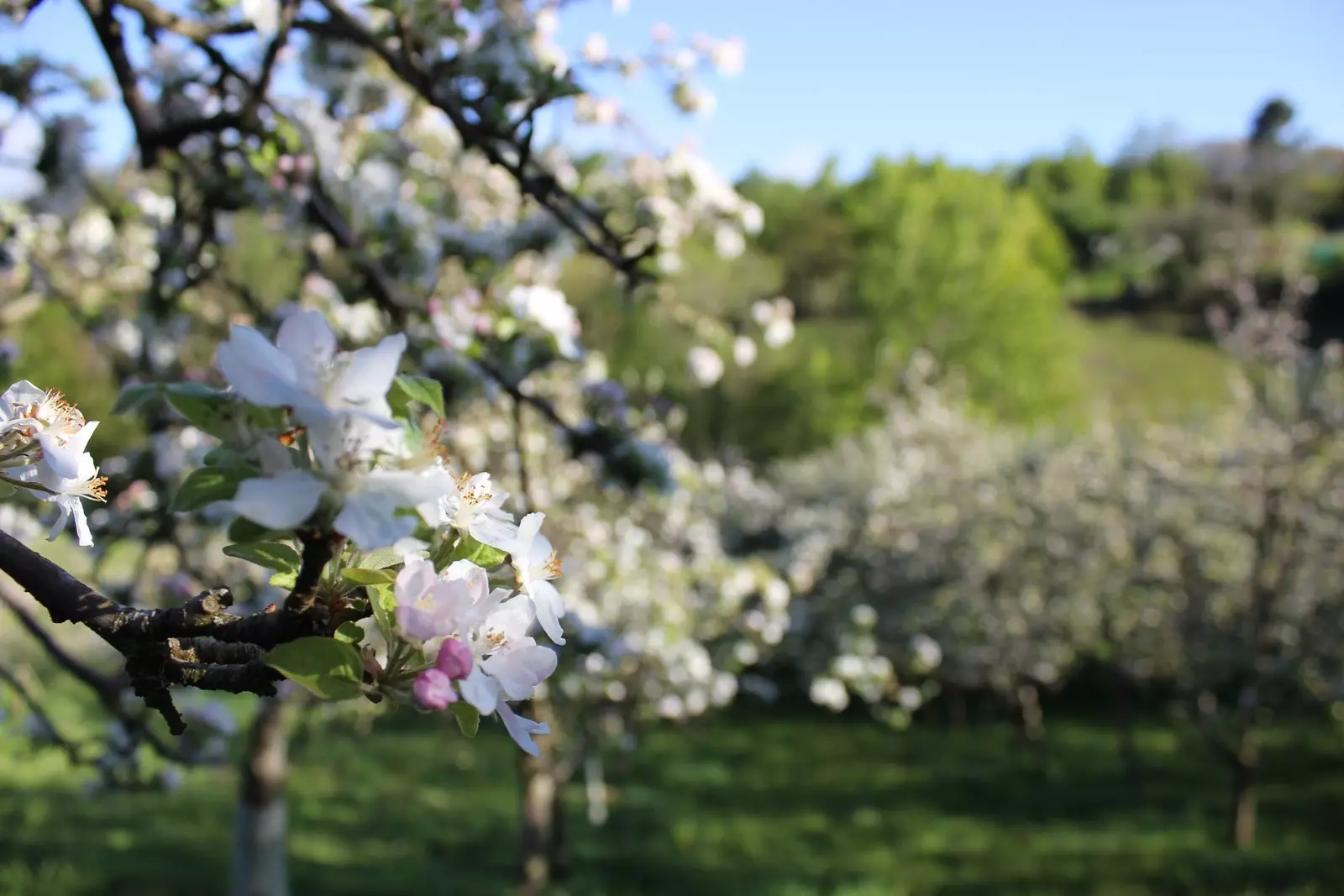
Flowering of the apple tree in the Asturian Cider Region.
We cross the peninsula from north to south to discover other types of alternative blooms to those of the almond and cherry trees, yes, they are spectacular, but increasingly crowded. The apple tree, the peach tree, the lavandin... are just some of the ideas that we propose (and an extra one that has nothing to do with flowers).
Yes indeed, It is better to always be accompanied by an expert guide to tell us the secrets of cultivation, the history of the region and other curiosities... because looking at and smelling a flower can be done by anyone (that is part of the experience), **but not everyone knows how to explain the structure and morphology of an orchid **
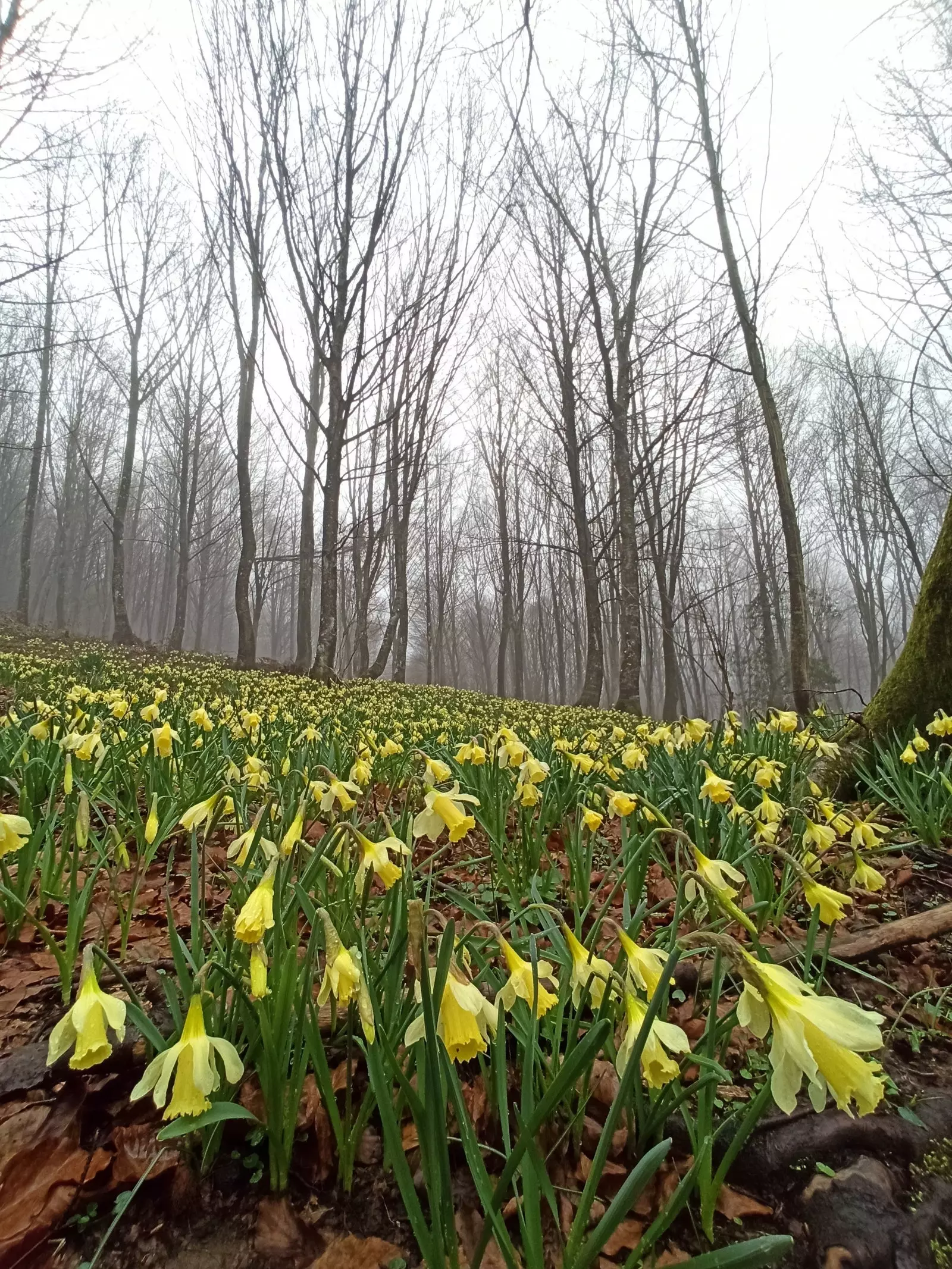
Flowering of daffodils in Cantabria.
ORCHIDS IN THE DUNES OF CANTABRIA
We're sorry. you're already late to see the flowering of daffodils in Cantabria, an interpreted and circular route carried out by Cantabria Experiential during the weekends of February in Pesquera. But there is still time for Jon Palazuelos, creator of the company and in charge of carrying out the experiences, to show you this spring **the orchids that bloom in the dunes of the Liencres Natural Park. **
In a two and a half hour tour in which you will walk between wild dunes and through a pine forest, This technical forest engineer will tell you about the differences between Ophrys fusca subsp fusca and Himanthoglossum robertianum, he will show you the morphology of the flower with a magnifying glass for mobile and he will explain details as unique as that it exists a type of orchid so strange that it only grows in Liencres and Gorliz (Basque Country).
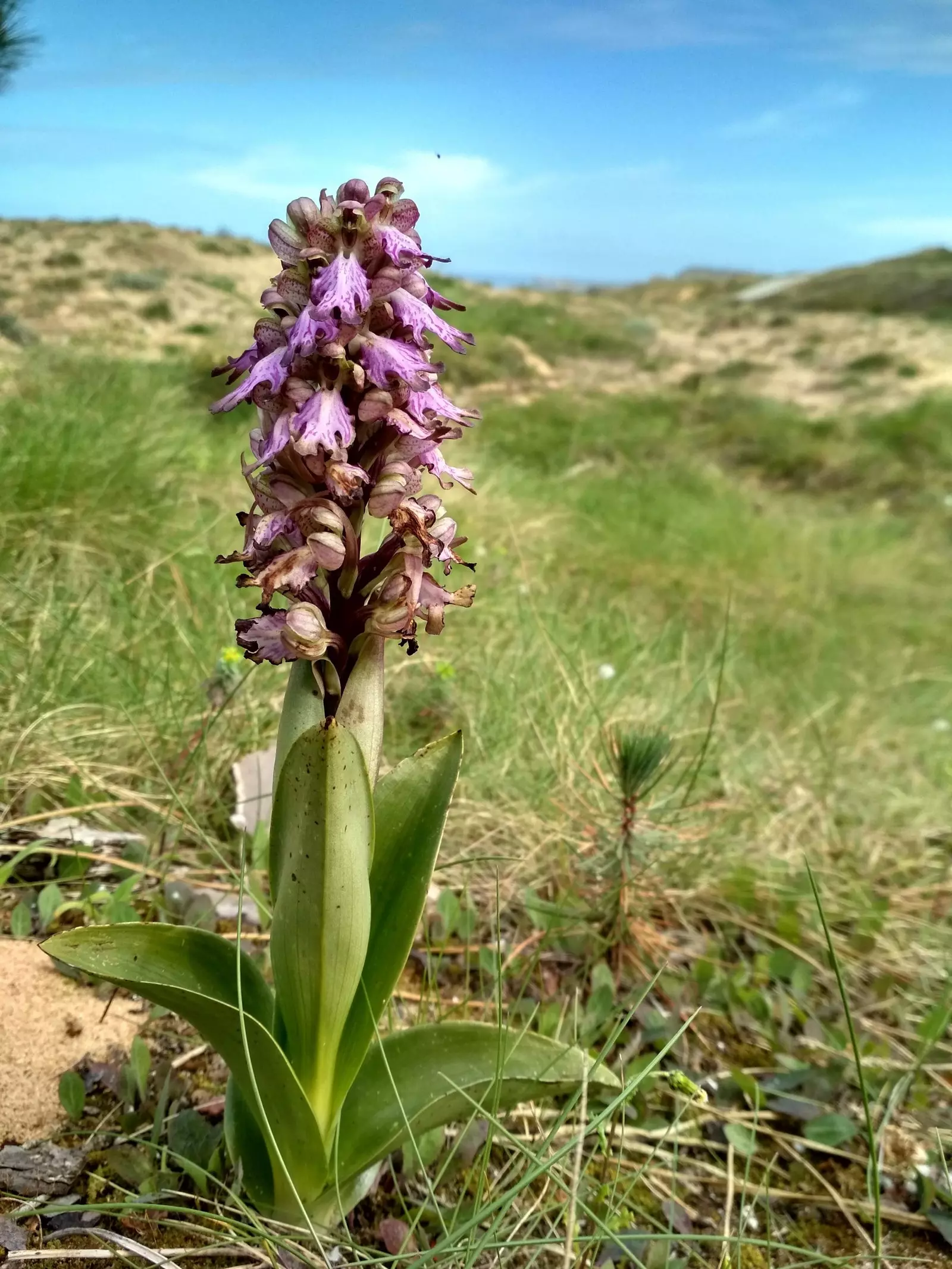
Orchid in the Liencres Natural Park, Cantabria.
LAVENDER IN LA ALCARRIA
Adolfo Liras Martínez, from Britur Alcarria, recommends it better to go to his hiking trails interpreted by the lavender fields in La Alcarria (specifically in Brihuega), since they usually finish during sunset and it is the way to avoid the overcrowding of people who come during the weekends from July to capture that characteristic blue and pink sunset.
The route, about seven kilometers on flat terrain, runs through the lavender fields that are a few meters from the royal ravines and goes into the mountain to return again to the lavandin crops, the hybrid between lavender and lavender that actually dyes the town of Brihuega pale violet.
During the journey, in addition to knowing the characteristics of reproduction, planting and varieties, among many others, it explains the geographical conditions of the region , as well as historical aspects that have occurred in the lavender fields.
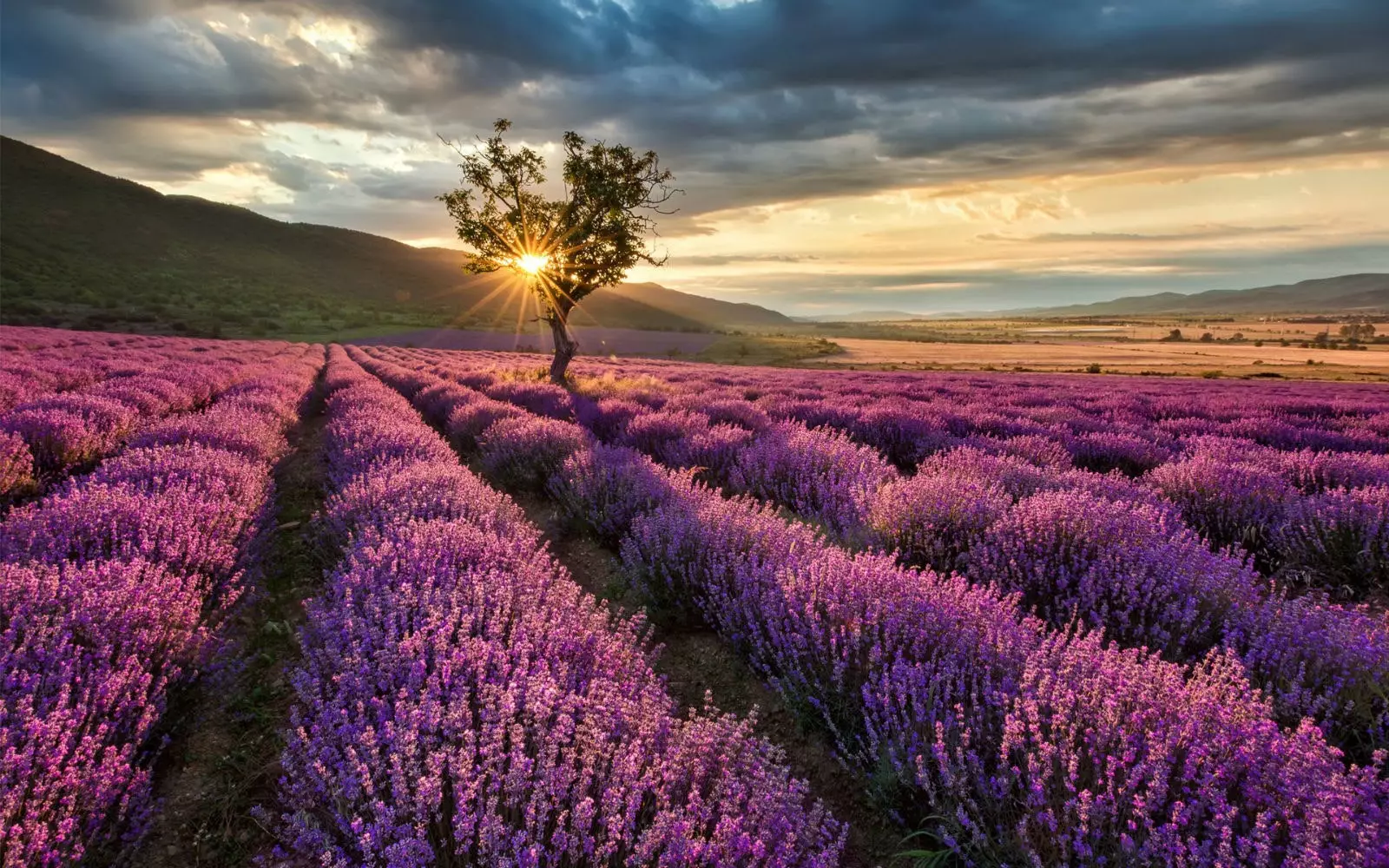
Brihuega Lavender Festival.
APPLE TREES IN THE CIDER REGION
"Every spring, between the end of April and the beginning of May, a natural phenomenon occurs in these lands, it is the flowering of the apple trees or, as it is known in Asturias, the Floriar del Pumar”, comments Miguel A. Naredo, head of the Tourism Promotion Service of the Comarca de la Sidra Commonwealth, made up of six municipalities in central-eastern Asturias: **Bimenes, Cabranes, Colunga, Nava, Sariegu and Villaviciosa. **
The trees are dressed in white and pink in this natural space full of landscape and nature, but also gastronomy, culture, art and leisure.
Until now, the usual thing was that from the area of tourist promotion of the Mancomunidad Comarca de la Sidra they were in charge of carrying out the visits to apple plantations in bloom, but due to the health situation, they will not be able to be carried out, so, as Miguel explains: "We propose on the web, as an alternative, a tour of the less frequented roads and highways of our region, which pass through some of the areas where they are the largest concentrations of apple tree plantations (pumaradas) in the Comarca de la Sidra".
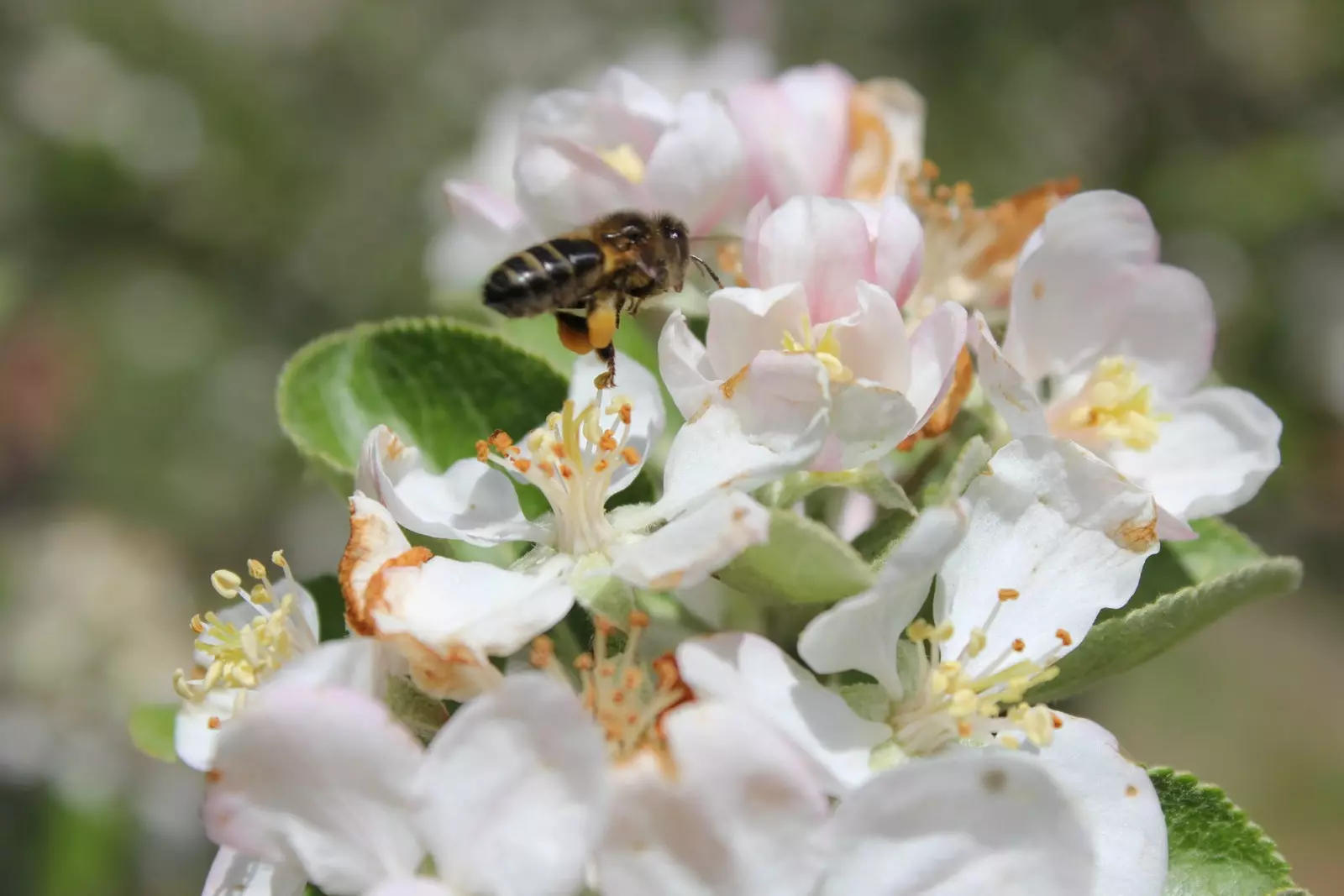
Flowering of the apple tree in the Asturian Cider Region.
FRUIT TREES IN CIEZA
Explains Antonio Santos, responsible for the tourist experiences of La Floración in Cieza, that the Murcian climate means that its stone fruits are the first of the year to be exported to Europe. This means that if we want see its fruit trees in bloom, we must go to visit the 13,000 hectares of peach, apricot and plum trees that the municipality has during the month of February (or early March).
This year we are no longer on time its country lunches, where in addition to seeing the flowering, you eat homemade sausage on the grill, Murcian salad, olives from Cieza, pumpkin zarangollo and handmade apricot and peach jam with homemade bread, but we can choose your interpreted route of fruit collection, which consists of going to a farm in summer to pick the peaches, try them and drink a wine accompanied by homemade jam.
"40% are apricots and nectarines, with a whiter flower than that of the peach tree, which is more fuchsia, so our landscape is much more varied than that of other areas of the peninsula", comments Antonio, who reminds us of the importance of the peach in the area: "There is evidence of its cultivation in this valley since the 3rd century."
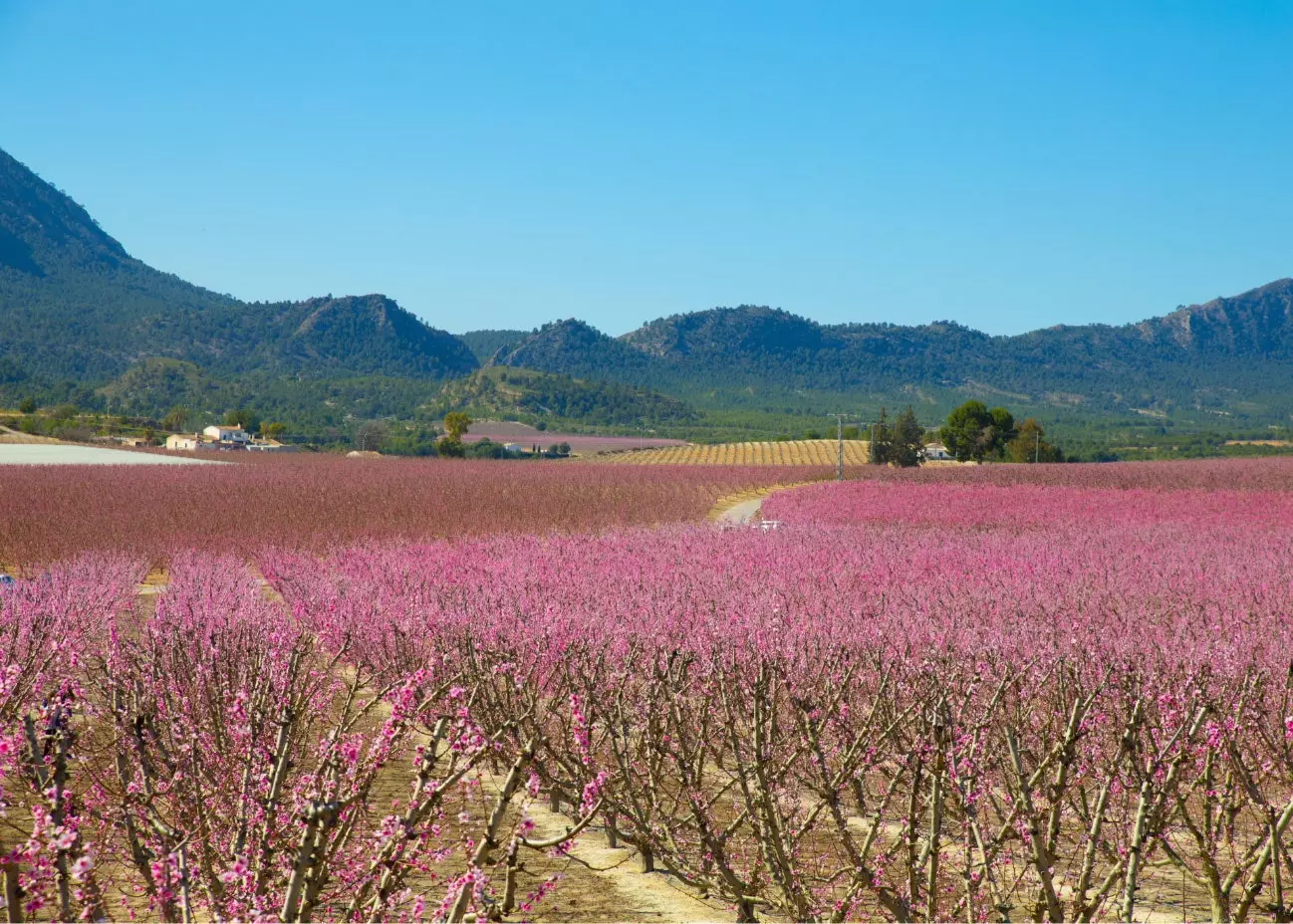
Flowering of Cieza, land of the peach since the 3rd century (Murcia).
MOSSES AND LICHENS IN LEÓN
They are not flowers, but "miniature forests, ecosystems in themselves", explains in a very visual way what mosses are Ernesto Díaz, head of Jurbial Environmental Services, who from La Casa del Parque de Valdeburón, in Lario, has embarked on the adventure of making Interpreted routes to discover the mosses and lichens of León.
"The idea is to value this type of formation linked to the soil, to the crust, which create more or less large extensions, as is the case of peat bogs, fundamental as reservoirs of water and humidity on the planet", explains the Asturian.
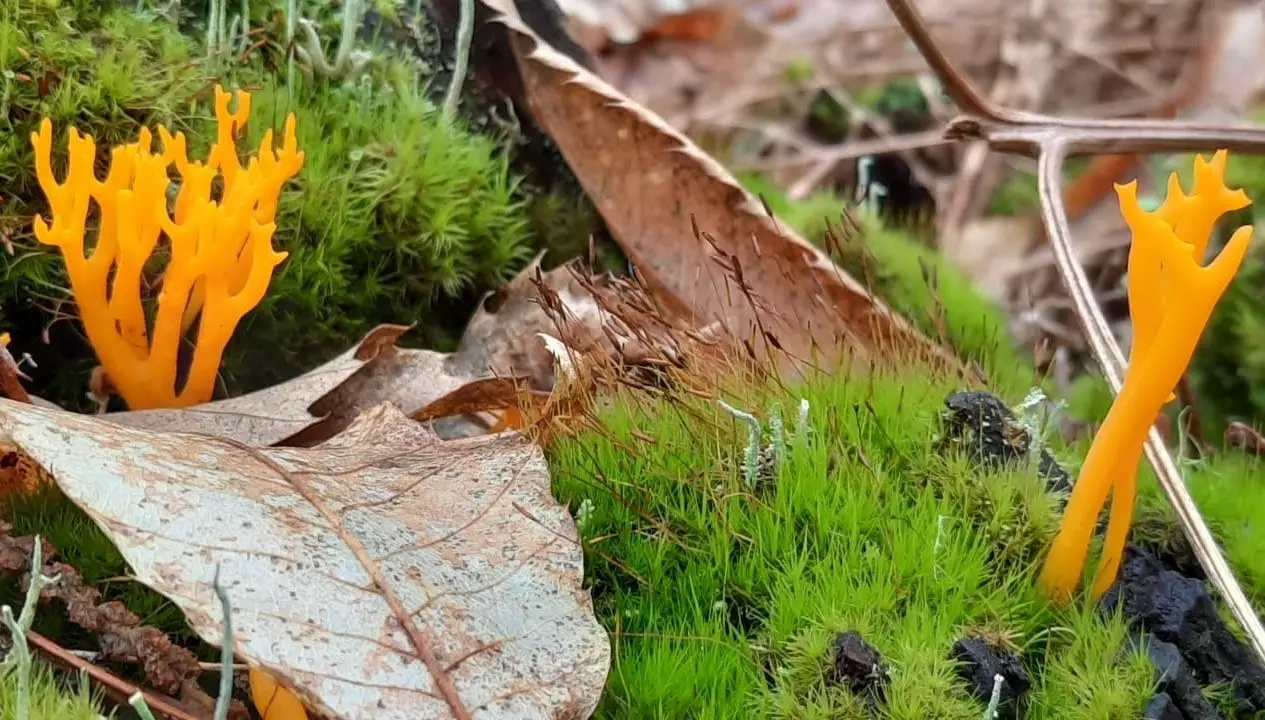
Lichens and moss in the province of León.
The route, about six kilometers long, leaves from La Casa del Parque de Valdeburón and first passes through an area of meadows before reaching to the Monteranedo oak grove, where there is a greater variety of moss and lichens. Later, with electronic magnifying glasses connected to a mobile device, The morphology of these organisms is contemplated in detail on the screen: "We will be able to discover the beauty of its attractive forms. Surprising, for example, the chromatism of lichens, rusty yellows and an impressive range of greys", concludes Ernesto.
